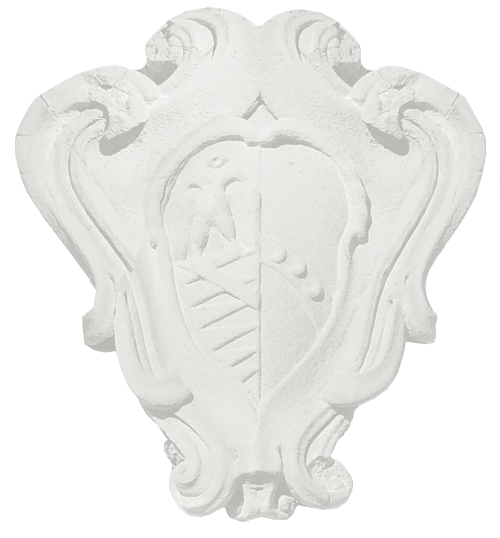The History
The origins of the Villa di Farneto, one of Mugello’s hidden gems, date back to the 15th century. Giuseppe Maria Brocchi, a Florentine author known for his “Description of the Province of Mugello” documented the presence of this villa in 1748.
Brocchi classified it among the villas of the Cocchi’s lord, noting the oratory
dedicated to St. Francis of Assisi adjacent to the villa. What particularly struck
Brocchi were the magnificent fresco paintings that adorned the walls of the
oratory. He attributed these works to the Allori School, a prestigious group of
artists of the time. It was Brocchi’s wish to preserve these works of art with
great care, considering them priceless treasures.
Niccolai, in his 1914 "Guide to Mugello and the Sieve Valley," recalls in his
description of the Villa of Farneto, the coat of arms in the north door of
Albizzo di Fortuna dating back to the year 1590.
However, the Villa di Farneto was not just a stately home. According to a
cadastral description of the time, the property consisted of a mansion house,
extending from heaven to earth, with as many as fifteen rooms, a majestic
dovecote, three underground cellars, a stable, and a vat-house. In addition,
the villa included a chapel dedicated to St. Francis. The estate also included
a kitchen garden, two pigion rooms with a dovecote above and a loggia
below, and another lush kitchen garden surrounding the entire property.
One of the most outstanding architectural elements of the Villa di Farneto as
mentioned above is its chapel, incorporated into the building itself. This
double-height space is adorned with refined frescoes attributed to the school
of Alessandro Allori, a prominent artist active in Florence in the last decades
of the 16th century. The frescoes, although partly damaged by the passage of
centuries, still retain vibrant colors and depict religious figures. In the chapel's
lunette, Saint Francis of Assisi is depicted in the evocative moment in which
he receives the stigmata. The chapel’s barrel vault is decorated with elegant
grotesques and mythological creatures, testifying to the refined aesthetics of
the time. However, with the passage of time, the chapel has deteriorated
somewhat and is now in need of careful restoration.
